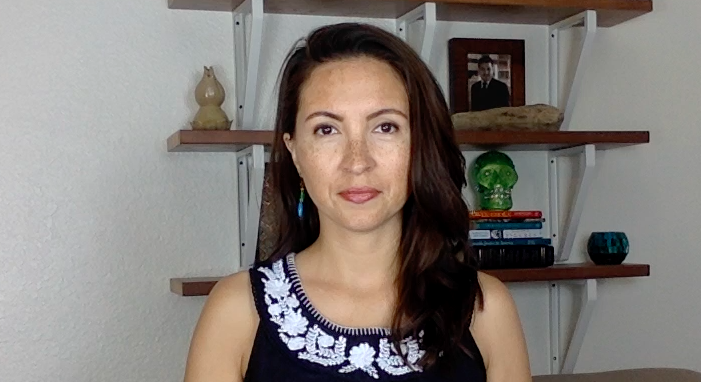Introduction
When loving the community on their terms happens, it often materializes in programming like person-centered planning*, bringing food to those with limited mobility** or healthcare to homes with newborns.*** Practices like these reflect a constellation of values including respect and innovation for meeting the authentic needs of community members.
But loving the community through data isn’t often how many in the nonprofit sector think about their relationships with community members.
With programmatic practices strongly anchored to the value of love, why does anyone in the nonprofit sector make data practices cold and disconnected from organizational values like respect and innovation?
Love Through Data
Love community members the way that they want to be loved or in ways that support and empower them on their terms.
Here are a few ways to do this through data practices:
1 | Treat the data from community members like gold nuggets that carry pieces of their soul.
2 | Analyze data from community members to figure out how to better love them on their terms.
3 | Use data from community members for increasing access to your services and ensuring benefits to their lives.
Tip 1
Celebrate data tasks as a series of practices for understanding human needs and how to meet those needs with love.
Tip 2
Avoid “Big Brother” approaches by remaining values-driven and warm-up data related tasks (i.e. check-out the handout below and use “meaning-making meetings”).
5 Ways to Avoid Becoming
Big Brother in Your
Community Organization
What does a values-driven paradigm that includes respect, innovation, and love look like?
Data collected informally:
All information becomes data in the sense that the communication of needs, preferences, and experiences of community members who show-up for services allows you to understand the ecology of the other person’s life. Remember that the art of collecting information is not solely a mechanical fulfillment of intake assessments and case notes. Even information that doesn’t fit neatly into an intake form can instruct you on how close to stand, how exhausted the community member is, and words that spark joy or trigger pain.
Data collected formally:
Entering data into database forms from intake assessments and case notes is of monumental importance. Swap-out the tone of “busy work” and menial labor for the staff lowest on the totem pole. We see over and over in community-based organizations that the data so carefully entered by staff becomes to fuel that sustains many things: program effectiveness, strategic planning, and engagement with funders about your organization’s financial stewardship of current and future dollars.
*For more information on client-centered or person-centered planning, refer to the manual developed by Angela Novak Amado, Ph.D. and Marijo McBride, M.Ed. at Institute on Community Integration UAP University of Minnesota.
**Meals on Wheels is a well-known example of a community-based organization bringing nutritional meals to folks who face barriers to accessing food.
***Nurse-Family Partnership is an example of nurses who partner with first time moms to bring tailored healthcare into the lives and homes of the mothers.
Why did we develop 2 Tips videos?
The Anchoring Success team trusts the talent and sophistication of professionals in community-based organizations. We know that many professionals and organizational leaders do not have the funds to partner with specialists (like us) and/or the time to strategize on what might seem like extra projects.
Therefore, we launched these 2 Tips videos to support you with making tweaks, adjustments, and refinements in programs and operations — doable for busy professionals like you!


Recent Comments